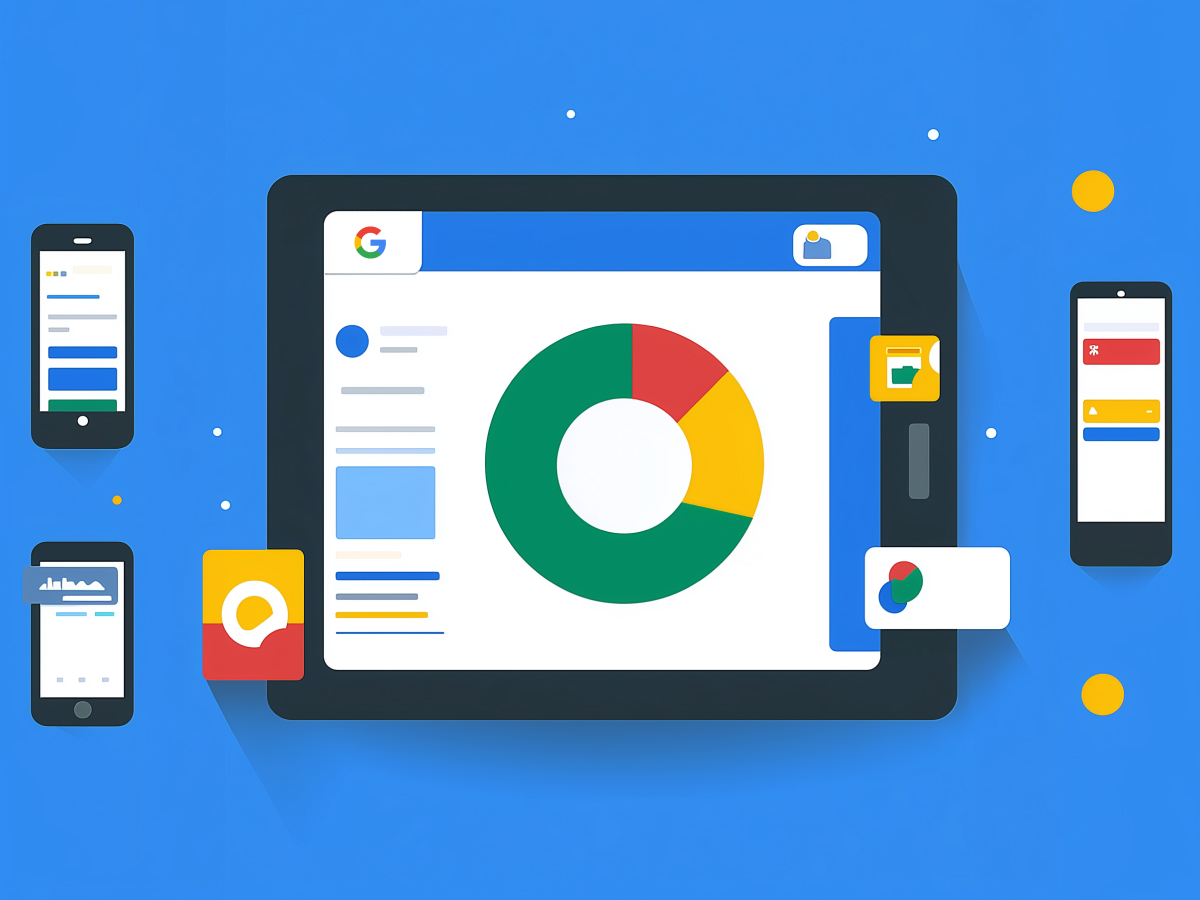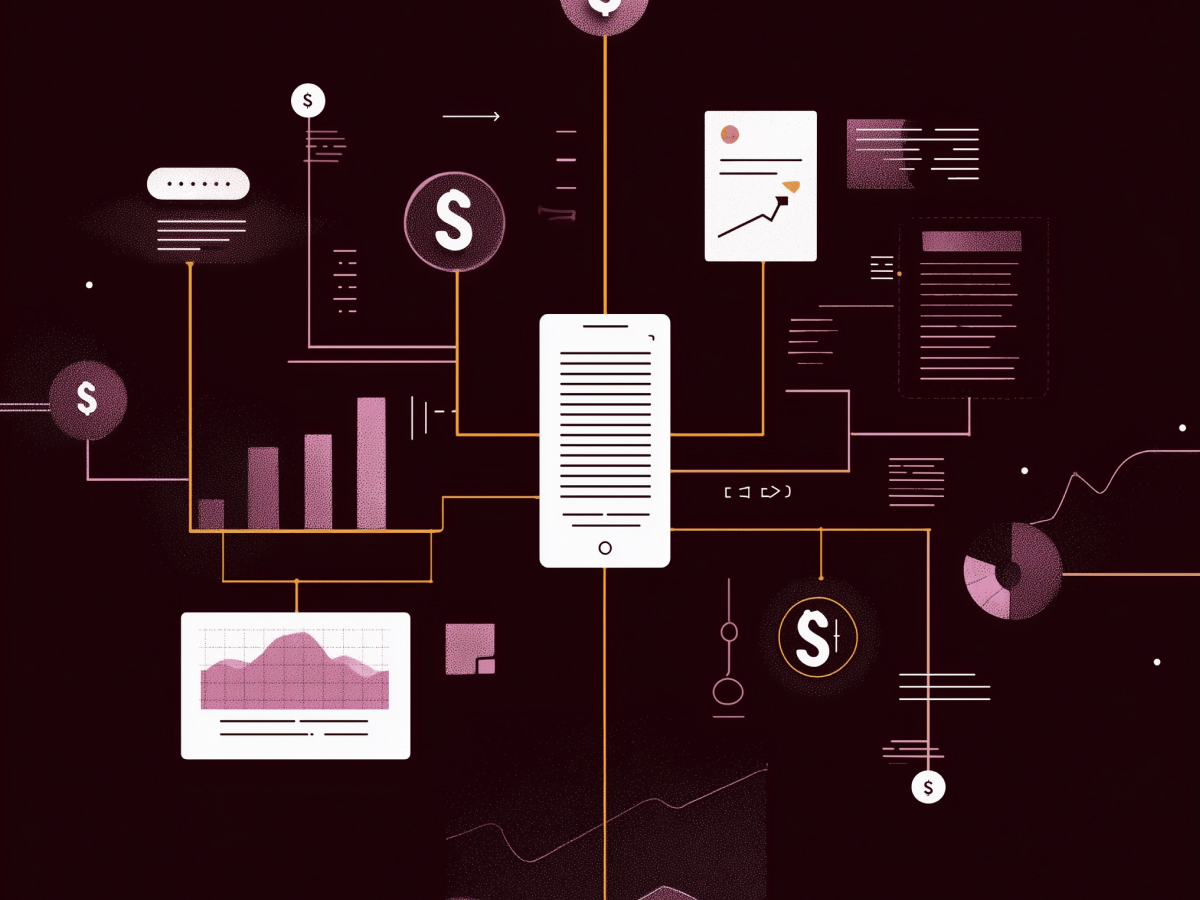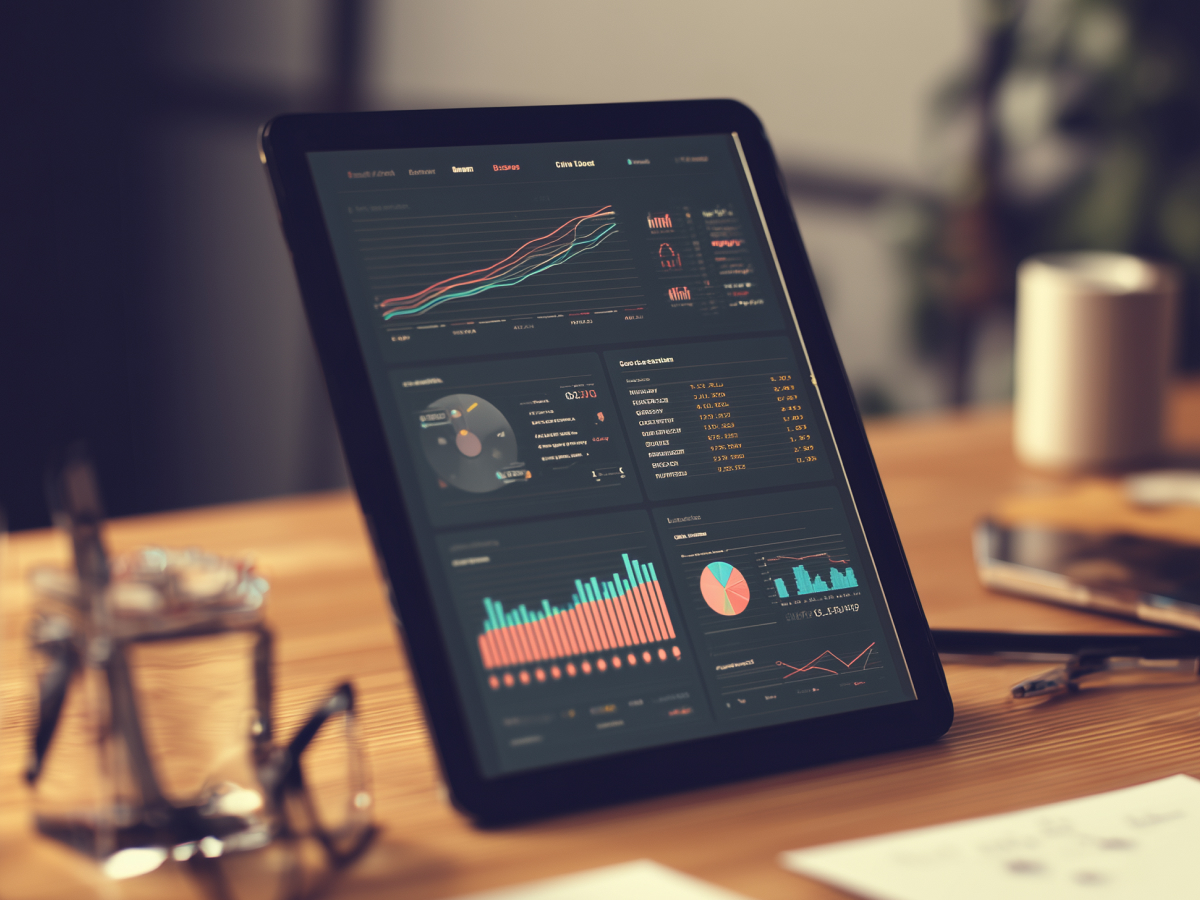Google Ads introduces the Brand Report
For years, advertisers have faced a frustrating obstacle: fragmented data. Campaign performance metrics like reach and frequency were scattered across multiple reports, leaving marketers to play detective. Google’s new Brand Report changes that game. Think of it as a command center for your advertising metrics—a single, centralized hub where all the critical insights come together.
Why does this matter? Well, understanding your audience is everything. Reach tells you how many unique people see your campaign, while frequency tracks how often they see it. Together, these metrics are the heartbeat of your campaign’s success. With the Brand Report, advertisers no longer need to piece together this data manually. Instead, it’s all in one place, saving time and reducing the risk of mistakes.
You can filter results by demographics like age and gender, uncovering deeper insights about your audience. These insights empower you to make smarter decisions, focus on what works, and adapt faster. Accessible directly from the Google Ads dashboard, it’s intuitive and easy to integrate into your routine.
While it’s still evolving, the Brand Report represents a major leap forward. It’s not perfect yet, but the direction is clear: more insights, less hassle.
Resolving key challenges for brand advertisers
At its core, advertising is about efficiency, reaching the right people without wasting resources. But, overlapping audience data has been a thorn in the side of advertisers for years. If multiple campaigns target the same audience, you’re essentially paying twice (or more) for the same exposure. That’s inefficient, and worse, it eats into your ROI.
The Brand Report fixes this by providing deduplicated metrics, meaning you’ll know exactly how many unique people your campaigns are reaching. You’ll notice that everything becomes clear. You can see where you’re overspending and adjust your strategy accordingly.
What’s more, this tool saves both money and time. Instead of pulling data from different reports and manually piecing it together, the Brand Report does the heavy lifting for you. Through streamlining the process, it lets you focus on what really matters: crafting campaigns that resonate.
This tool will have the biggest impact on larger, more complex campaigns where overlaps are more likely. For smaller campaigns, the improvements might be less dramatic, but they’re still meaningful. Either way, it’s a step in the right direction for making advertising smarter, not harder.
Current limitations restrict the Brand Report’s utility
The Brand Report isn’t perfect. Like any new tool, it comes with limitations that you need to navigate.
- First, it’s restricted to a single-account level. If your business operates multiple accounts, say, for different products or regions, you’ll have to analyze each one separately. That’s a missed opportunity for consolidation, especially for larger organizations managing complex campaigns.
- Second, the tool doesn’t yet support some major campaign types, including Search, Shopping, and Performance Max. For advertisers running integrated strategies across these channels, the lack of full coverage can feel quite limiting.
- Finally, the data timeframe is limited. Long-term trends and seasonal patterns (key insights for industries like retail or travel) are harder to analyze with these constraints. While the Brand Report simplifies the present, it hasn’t yet mastered the past or future.
These limitations don’t undermine the value of the tool, but they do highlight its status as a work in progress. For now, think of it as a complement to your existing analytics suite, not a replacement.
Future updates may expand the Brand Report’s capabilities
Google has made it clear that this tool will evolve, and that’s something to get excited about. In the pipeline are plans to support additional campaign types, including Search, Shopping, and Performance Max. These campaigns are the backbone of many advertising strategies, and their inclusion will make the Brand Report vastly more powerful.
Imagine having a single tool that tracks the full scope of your advertising efforts. No jumping between reports, no guesswork, just clean, actionable insights. For advertisers juggling multiple accounts, Google’s future updates could also bring much-needed multi-account functionality. This would turn the Brand Report into a true one-stop shop for campaign analysis.
But let’s not get ahead of ourselves. These updates will take time, and their impact will depend on how well Google executes. For now, stay informed, keep using supplementary tools, and be ready to adapt as the Brand Report evolves.
“Optimism aside, the takeaway is clear: the future of advertising analytics is heading toward integration and simplicity.”
Key takeaways for decision-makers
- Streamlined metrics: Google Ads’ Brand Report consolidates campaign metrics like reach and frequency into a single dashboard, reducing time spent on fragmented data analysis and minimizing errors. Leaders should integrate this tool to improve operational efficiency.
- Cost optimization: Providing deduplicated audience insights, the Brand Report helps avoid overspending on overlapping campaigns, letting advertisers allocate budgets more effectively and maximize ROI.
- Restricted campaign types: Current exclusions of Search, Shopping, and Performance Max campaigns limit the tool’s full potential. Businesses should supplement the Brand Report with other tools for a comprehensive view of campaign performance.
- Single-account constraint: The tool operates only at a single-account level, making it less effective for businesses managing multiple accounts. Leaders managing complex campaigns should advocate for multi-account support in future updates.
- Anticipated expansions: Planned updates aim to include additional campaign types and enhanced functionality. Decision-makers should monitor these developments to leverage the tool’s growing capabilities and align strategies with emerging features.




